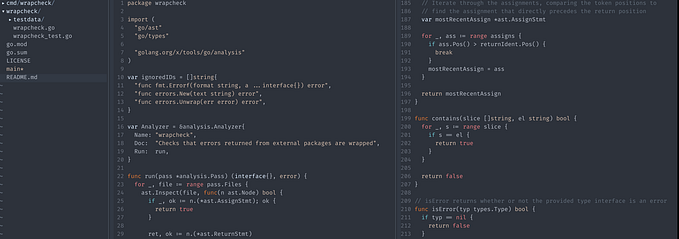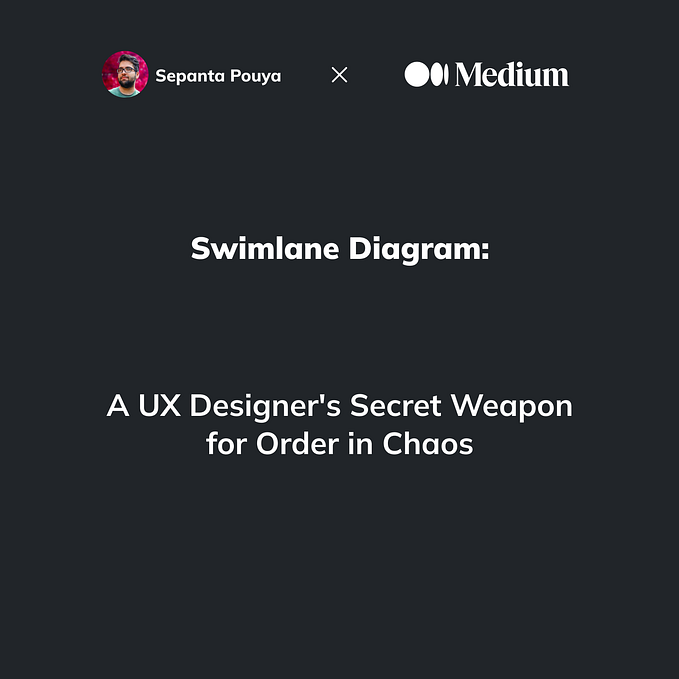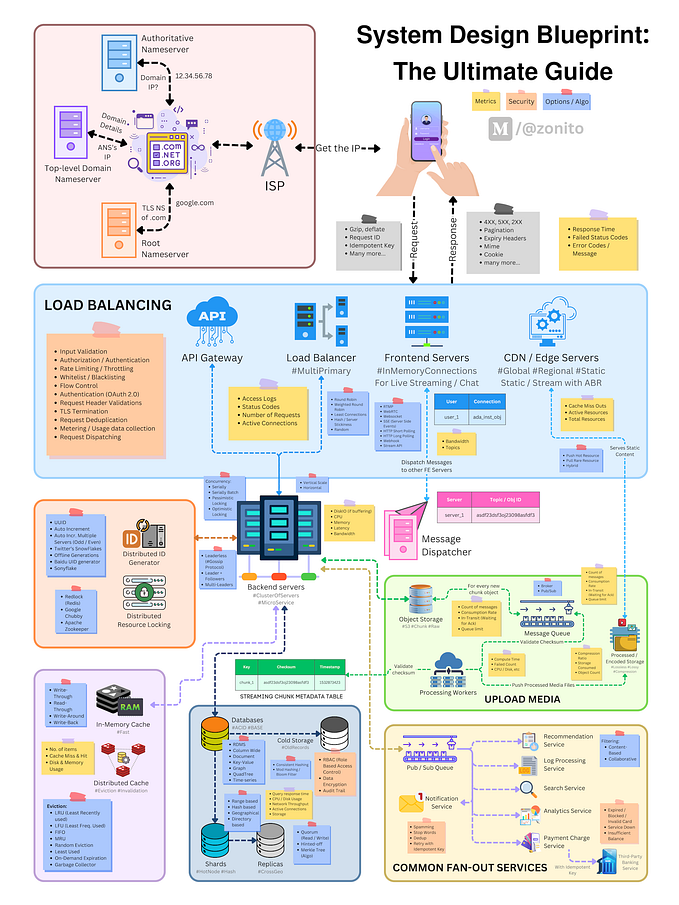Opportunity canvas: design thinking method
You have a great vision and want to make it a product, or you have a product and have not achieved what you envisioned, or you have a product and want to add new features to it; for all these scenarios, you can try Opportunity Canvas. This method is a great way to find out where you are and what opportunities you have for your product and customers.

“How Might We” design thinking methods is a very effective method to identify opportunities. However, we have found it is tough to come up with HMW opportunities if you don’t have enough user insights. On the other hand, we found Value Proposition Canvas a very effective method of collecting customer insights. Still, the value proposition part gets into too much granularity and into features and functionalities, which may not be the right thing to do in an early research and design phase. Therefore, we have come up with this “Opportunity Canvas” by combining these two Design Thinking methods into one.
Audience
You can use this method with customers, stakeholders, and even with your design team. This method’s primary goal is to gather everything we need to know about the user and collectively identify opportunities to create innovative products. You can do this with 5–10 participants and if you have a larger audience, break them into smaller groups.
Prep the workshop
Research question
Write down your research questions. Your research questions will help you stay focused on what you want to get out of this workshop.
Define your persona
It is always a good idea to define your persona and focus on one persona at a time. If you don’t have enough research data to determine your persona, it’s ok to start with a working persona, and as you learn more about your users, you can revise your persona.
Identify a focus area.
As a team, determine where you want to focus. The focus area should not be too broad or too narrow. Find one that fits your project and workshop.
Get a collective understanding.
Share information available on the focus area with your participants ahead of the workshop. Bring experts to gain a better understanding of the domain. Share research findings, if any. Contextual inquiry or ethnographic study findings will always help gain deep empathy with users.
Find the right tool.
If you conduct the workshop remotely like we all are doing now, identify a tool that works best for you and your participants. Miro and Mural are both pretty good for remote workshops. However, if you are behind a firewall and are inviting people outside of your company, you need to add your participants as guests ahead of time to ensure your workshop’s smooth and timely start.
Run the workshop
Warmup exercise
If your participants have never used the online tool you have selected, make sure they are comfortable with the tool before performing tasks. Give a quick demo and ask them to perform simple tasks like selecting a sticky and adding their name, moving the sticky from one place to another, deleting stickies, and zooming in and out in the canvas. You can also be creative by showing a Map of the world and asking them to add stickies to places they would like to visit or have seen.
Identify user’s wants, needs, and fears.
Differentiating Wants and Needs could be complicated; therefore, it is good to iterate what they mean.
Needs point out the something you must have for survival. On the other hand, wants refer to something good to have, however not essential for survival.

Give them a scenario or focus area where you want to find the user’s wants and needs. For example, you want to improve the experience while people are waiting for their next flight. Give them few minutes to do this activity silently. Then ask them to read their notes and explain them to the rest of the participants. Feel free to rephrase the sticky notes to capture the essence in a meaningful way. Finally, group all the notes to create an affinity diagram.
Draw insights
From all the groupings, identify insights and write them down. Your insights are the summary of all the groups of stickies you have captured in your workshop.
Identify Challenge and Point of View (POV)
From your insights, identify the primary challenge your persona faces and create a point of view from these insights. The challenge and POV will serve as the foundation for your How Might We questions. Use the format below to write your POV.

Here is a great article on writing POV for HMW method.
How Might We (HMW)
The primary objective of HMW method is to identify opportunities that will eventually help us generate more ideas and solutions.
Here are few suggestions from Stanford’s d.school to create How Might We questions.
- Amp up the good: HMW use the kids’ energy to entertain fellow passengers?
- Remove the bad: HMW separate the kids from fellow passengers?
- Explore the opposite: HMW make the wait the most exciting part of the trip?
- Question an assumption: HMW entirely remove the wait time at the airport?
- Go after adjectives: HMW we make the rush refreshing instead of harrying?
- ID unexpected resources: HMW leverage free time of fellow passengers to share the load?
- Create an analogy from need or context: HMW make the airport like a spa? Like a playground?
- Play against the challenge: HMW make the airport a place that kids want to go?
- Change a status quo: HMW make playful, loud kids less annoying?
- Break POV into pieces: HMW entertain kids? HMW slow a mom down? HMW mollify delayed passengers?
Finally…
Once you have HMW questions, brainstorm solutions to your HMW questions. Focus on quantity instead of quality for ideas. You can use methods such as crazy-8 to generate lots of ideas in a short time. Once you have lots of ideas you can pick the right one to proceed with for further explorations. I hope this helps, and you have any questions or feedback, feel free to respond to this article or ping me on LinkedIn.











